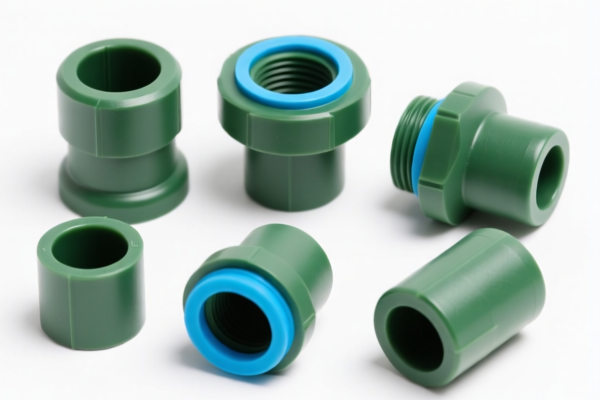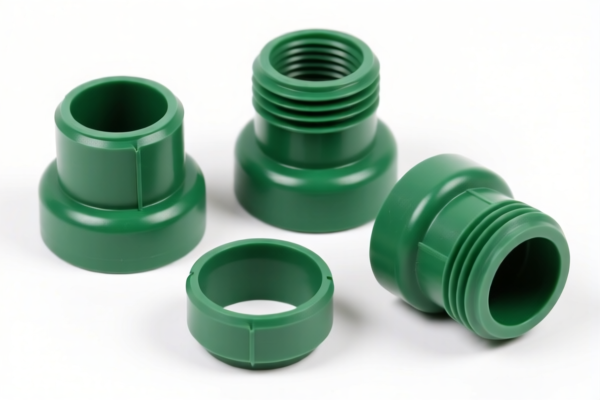| HS Code | Official Doc | Tariff Rate | Origin | Destination | Effective Date |
|---|---|---|---|---|---|
| 7412200015 | Doc | 58.0% | CN | US | 2025-05-12 |
| 7419200010 | Doc | 55.0% | CN | US | 2025-05-12 |
| 7419805010 | Doc | 55.0% | CN | US | 2025-05-12 |
| 8481809005 | Doc | 57.0% | CN | US | 2025-05-12 |
| 8487900080 | Doc | 83.9% | CN | US | 2025-05-12 |
| 8487900040 | Doc | 58.9% | CN | US | 2025-05-12 |
| 7326908688 | Doc | 82.9% | CN | US | 2025-05-12 |
| 3917400060 | Doc | 60.3% | CN | US | 2025-05-12 |
| 3917400080 | Doc | 60.3% | CN | US | 2025-05-12 |
| 3926301000 | Doc | 44.0% | CN | US | 2025-05-12 |
| 3926909987 | Doc | 42.8% | CN | US | 2025-05-12 |
| 8305100010 | Doc | 40.4% | CN | US | 2025-05-12 |
| 8305100050 | Doc | 65.4% | CN | US | 2025-05-12 |
| 7415390000 | Doc | 58.0% | CN | US | 2025-05-12 |
| 7415290000 | Doc | 58.0% | CN | US | 2025-05-12 |
| 8306100000 | Doc | 35.8% | CN | US | 2025-05-12 |
| 8306290000 | Doc | 30.0% | CN | US | 2025-05-12 |


PB Fittings
PB fittings refer to connection components used in plumbing systems employing Polybutylene (PB) piping. These fittings facilitate the joining of PB pipes, as well as connections to other piping materials and fixtures.
Material
PB fittings are typically manufactured from polybutylene, a flexible, durable thermoplastic polymer. Variations exist in the specific formulation of the polybutylene used, impacting performance characteristics. Some fittings incorporate metal inserts (typically brass) for threaded connections or to enhance strength.
Purpose
The primary purpose of PB fittings is to create reliable, leak-free joints in plumbing systems. They allow for the construction of complex piping networks for both hot and cold water distribution.
Function
PB fittings function by creating a watertight seal between the pipe ends. The method of connection varies (see Common Types below). The flexibility of PB allows for easier installation and reduces the need for numerous elbows and bends.
Usage Scenarios
PB piping and fittings were widely used in residential plumbing from the mid-1970s to the mid-1990s, particularly in the United States. Common applications included:
- Water supply lines: Distributing potable water throughout a building.
- Radiant floor heating: Circulating heated water under floors.
- Manifold systems: Creating centralized distribution points for water.
- Indoor plumbing: Used for both hot and cold water lines within walls and under floors.
Common Types
Several connection methods are used with PB fittings:
- Insert Fittings: These fittings utilize a stainless steel insert to grip the pipe. The pipe is pushed onto the fitting body, and the insert expands to create a mechanical seal. These are the most common type.
- Expansion Fittings: The pipe and fitting are both expanded using a special expansion tool before being joined. As the pipe shrinks back to its original size, it creates a tight seal.
- Electrofusion Fittings: These fittings use an electrical current to melt and fuse the pipe and fitting together, creating a permanent bond. Requires specialized equipment and trained installers.
- Socket Fusion Fittings: A heating tool is used to melt both the pipe and the fitting socket, then joined together. Also requires specialized equipment.
- Mechanical Fittings (Transition Fittings): Used to connect PB pipe to other piping materials like copper or PEX. These typically utilize compression or threaded connections.
Concerns and Limitations
PB piping systems experienced widespread failures due to premature oxidation of the pipe, leading to cracks and leaks, particularly at fittings. This resulted in numerous class-action lawsuits and the eventual phasing out of PB piping for many applications. While newer formulations of PB pipe are more resistant to oxidation, the material has largely been superseded by PEX and copper piping.
Based on the provided information, “pb fittings” can be interpreted as fittings made of plastic (polybutylene). Here's a breakdown of relevant HS codes and associated details:
-
3917.40.00.60 - Fittings, other plumbing fittings: Of polyvinyl chloride.
- 39: Plastics and articles thereof. This chapter covers a wide range of plastic materials and products.
- 17: Tubes, pipes and hoses and fittings therefor. This heading specifically addresses plastic tubes, pipes, and their associated fittings.
- 40: Fittings. This subheading narrows down the products to fittings.
- 00.60: Other plumbing fittings: Of polyvinyl chloride. This further specifies the fittings are for plumbing and made of polyvinyl chloride. The total tax rate is 60.3%.
-
3917.40.00.80 - Fittings, other plumbing fittings: Other.
- 39: Plastics and articles thereof.
- 17: Tubes, pipes and hoses and fittings therefor.
- 40: Fittings.
- 00.80: Other plumbing fittings: Other. This covers plumbing fittings made of plastics other than polyvinyl chloride. The total tax rate is 60.3%.
-
3926.30.10.00 - Fittings for furniture, coachwork or the like: Handles and knobs.
- 39: Plastics and articles thereof.
- 26: Other articles of plastics and articles of other materials of headings 3901 to 3914.
- 30: Fittings for furniture, coachwork or the like.
- 10.00: Handles and knobs. This specifies fittings used for furniture, coachwork, and similar applications, specifically handles and knobs. The total tax rate is 44.0%.
-
3926.90.99.87 - Other: Other Rigid tubes or pipes suitable for use as electrical conduit.
- 39: Plastics and articles thereof.
- 26: Other articles of plastics and articles of other materials of headings 3901 to 3914.
- 90: Other.
- 99.87: Other Rigid tubes or pipes suitable for use as electrical conduit. This covers other plastic articles, specifically rigid tubes or pipes suitable for electrical conduit. The total tax rate is 42.8%.
According to the provided reference material, the HS code options related to 'pb fittings' are limited, with only the following 4 found.
Customer Reviews
No reviews yet.